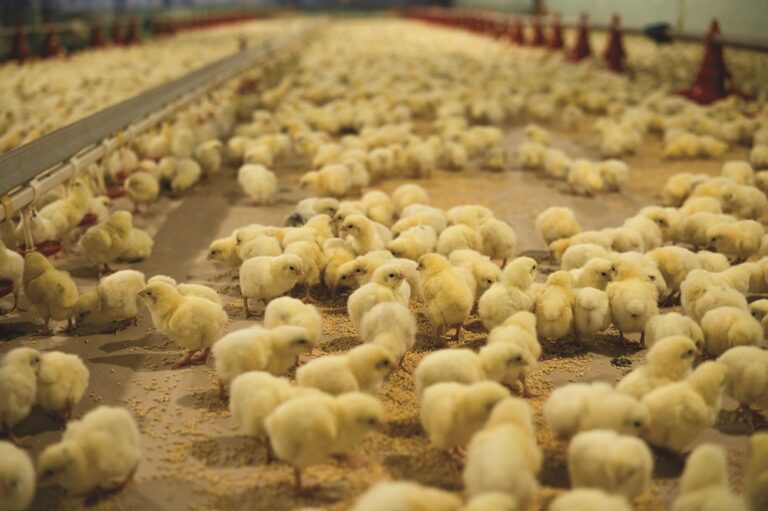How reformulating poultry diets with enzymes can help with the problem of beta-mannans in vegetable feed ingredients.
Beta-mannans are non-starch polysaccaharide (NSP) fibres found in most vegetable feed ingredients such as soybean, sunflower, rapeseed, barley and wheat meals. Whilst such plant protein products are a nutritious, cheap and healthy source of feed for all types of poultry, they also contain a problem component: β-Mannans.
These antinutritive fibres, found in common feed ingredients, have a molecular pattern similar to some pathogens, which when detected by sensors in the intestine can trigger a Feed-Induced Immune Response (FIIR) in poultry.
Feed made up of more than 15% of grains such as soya and sunflower usually contains sufficient ß-mannans to activate this innate system and causes it to consume energy and other valuable nutrients, wasting valuable food energy and causing a negative effect on muscle growth and egg production. In order for birds to reach their full potential in this context, more needs to be invested into their feed by farmers.
This increased need for feed impacts ecology and habitats, carbon dioxide production – both on the farm and in logistics and increases water requirements and the amount of landed needed to grow crops. As Eilir Jones, Poultry Nutrition Limited puts it: “The value of improved digestion is immense” – both financially and for sustainability.
An effective, efficient method of limiting this innate immune response is vital for the poultry industry as a whole and it is enzymes that provide the answer. Enzymes are naturally occurring proteins produced by every cell of every living organism.
One in particular – β-Mannanase – breaks down the β-Mannans in the feed, limiting the birds’ immune response.
The solution is not as simple as adding β-Mannanase directly on top of the feed, but rather by reformulating the feed to change its effects in the birds.
One enzyme designed to do this is Elanco’s nutrient-sparing enzyme Hemicell HT, which was created by changing the amino acid sequence of the original enzyme molecule to increase the stability, which means sufficient amino acids are still ingested by the bird to stimulate the growth of lean protein, not fat.
Two large field experiences over 2016-2018 involving 62 million birds, demonstrated the effects of using the enzyme versus control groups. Elanco said a 60Kcal reduction in feed was required for the birds, which on a typical composite diet would be worth between £2-£4.50/net tonne net, which can help to enhance chicken’s leading position as the most sustainable animal protein.


